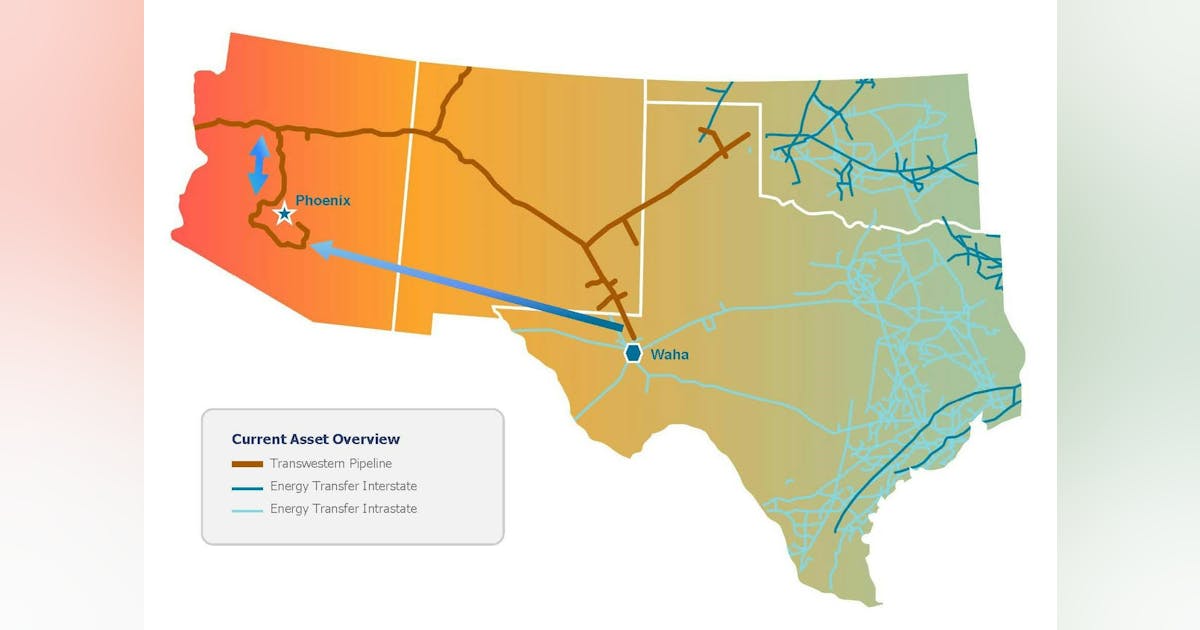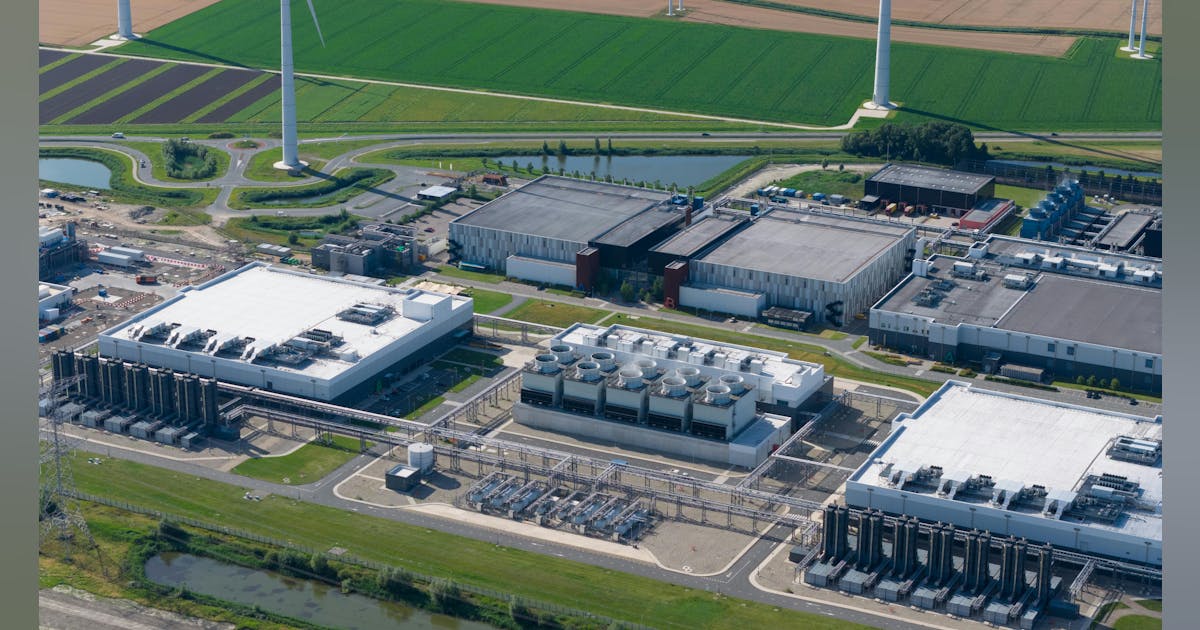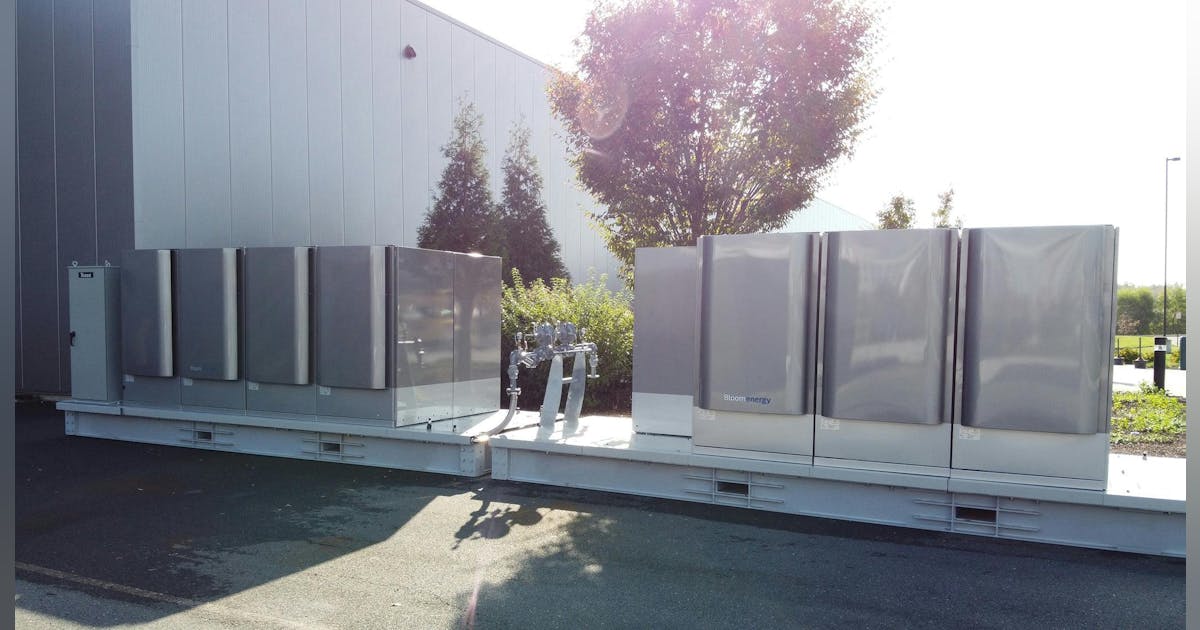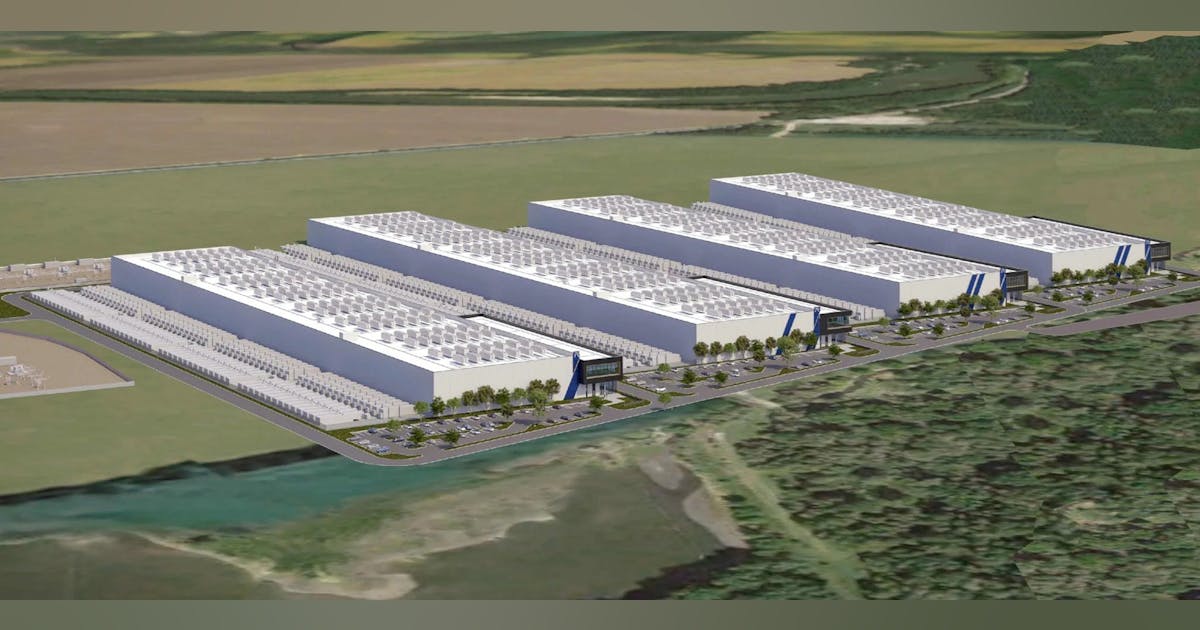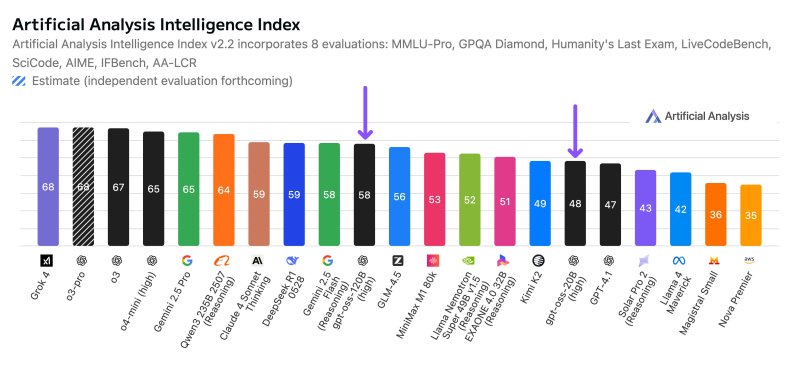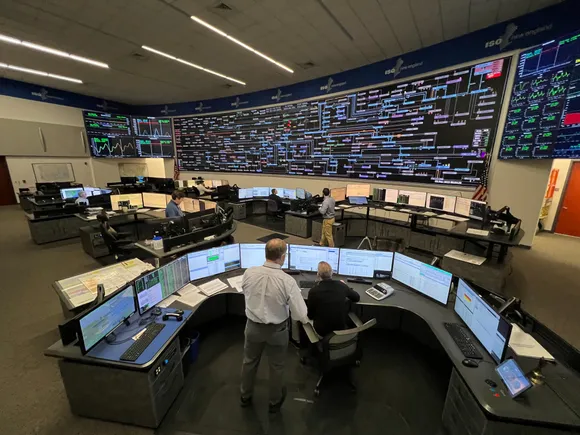
The electrification of heating systems and the adoption of electric vehicles are expected to drive New England annual electricity consumption to rise 11% over the next decade, according to the region’s grid operator.
“The ISO is forecasting steady growth in net annual energy use as state policy goals for carbon emissions reductions drive the increased electrification of heating systems and transportation in the region,” the regional grid operator said in a Thursday blog post about its 2025–2034 Forecast Report of Capacity, Energy, Loads, and Transmission.
Net annual energy usage in the region has trended down for the last two decades, the ISO said, “mainly due to an increase in energy efficiency from advanced cooling and heating technologies, energy-efficient appliances and lighting, and the increased prevalence of [behind-the-meter solar PV] generation. However, ISO New England is predicting that trend will reverse in the next decade.”
The regional grid serves Connecticut, Maine, Massachusetts, New Hampshire, Rhode Island and Vermont.
The report indicates net annual energy use across the region is expected to grow by 1.2% annually through 2034. Behind-the-meter solar will reduce consumption of grid-supplied electricity by 5,555 GWh this year, rising to 11,487 GWh in 2034, the ISO said. Electric vehicles are expected to account for 8,735 GWh of energy use in 2034, while heating electrification is expected to account for 8,049 GWh that year, the grid operator said.
Summer net peak demand is also expected to rise by 0.9% annually across the next 10 years. Behind-the-meter solar will reduce the summer peak by an average of 1,870 MW, the grid operator said.
“Although in past years the summer peak typically occurred in the afternoon, widespread adoption of BTM PV has effectively pushed the peak toward evening,” ISO New England said. “This means that even as more BTM PV comes on line, its impact on summer peaks will not significantly increase.”







